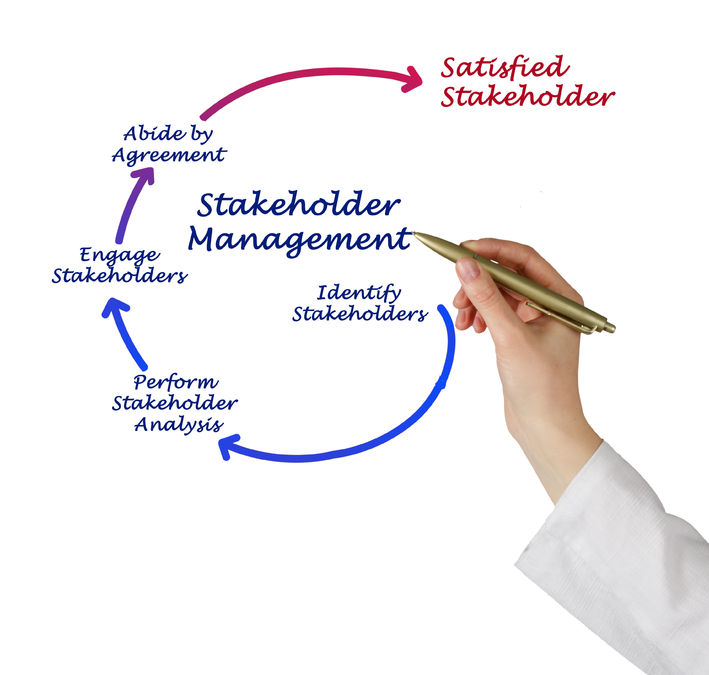80% Of Projects Fail Because Of ‘People’ Issues … Here Are 6 Things You Can Do To Reduce That Risk
I have been coaching a CEO whose company is developing a poor record of delivering products and projects to their customer’s satisfaction.
Click here to learn more about my Coaching packages
It isn’t critical – yet – but in the current market there are lots of competitors who are cutting prices and making big promises. His unhappy customers have options, and although they like my client as a person, friendship isn’t a compelling reason to do business with him.
My client runs a professional project management company and has the PM processes down to a science, yet they are failing their clients … they are failing at stakeholder management.
What happened?
They mapped out who were their stakeholders. They consider matrixes of the influence & power each potential stakeholders had. They developed strategies that were customized to each stakeholder. Nevertheless and despite all of that work … still they fail.
Simply put, they forgot that following proven project methodology does not deliver success; people do.
All of those ‘stakeholders’ are people, and you can’t manage people like little boxes with cute little communications plans. The people who are your stakeholders all have egos, emotions, career aspirations and family problems.
A recent The Harvard Business Review article reported that people account for 80% of the factors that contribute to a project’s failure. Their analysis indicated that the average Project Manager had competency in three times as many “technical” topics as “people” topics.
Think about that for a moment: 80% of the causes of project failure rely on the competencies of your Project Managers are worst at!
Here are six things you need to do to changes those odds:
- Get to know your Stakeholders – develop a comprehensive understanding of who they are, what they care about, what are their stated and unstated drivers, what they care about and how they relate to your success.
- Engage your Stakeholders as early as possible – It is a very natural human response … no one wants to be surprised by the change. Egos get fired up when they are excluded until they are expected to get onboard.
- Listen with both ears open – Listen to what the person is saying and watch for those non-verbal clues. Sometimes they are only telling you what they think you want to hear; sometimes they are nodding in agreement, but their language is saying no-way; etc.
Click here to read about how silence can improve conversations
- Stop communicating with your stakeholders – talk to them. Communications are the tools but talk with your stakeholders like human beings.
- Use policies and processes as a carrot and not a stick – doing something because of rules or history is dumb. Work with people to find out what they need out of this project and piggy-backed on that to create win-wins
- Create communities – Gather people who care that your project succeeds and work to achieve everyone’s success.



